“When we expect certain behaviors of others, we are likely to act in ways that make the expected behavior more likely to occur.” -Rosenthal and Jacobson
Educational research suggests that teachers’ beliefs about their students and what they can achieve substantially impact students’ learning and progress. As early as 1968 educational researchers Rosenthal and Jacobson were studying the effects of how teacher expectations played a role in influencing student performance. They originally described this phenomenon as the Pygmalion Effect. More recently, decades of research by Robert Marzano have found that when teachers have high expectations, they treat students differently. What can teachers and administrators do to ensure that all students are learning at the highest level? The answer is that everyone can focus on making the learning visible. There are 3 keys to making learning visible for all.
3 keys to Visible Learning
- Present Grade Level Assignments
- Promote Active Participation
- Provide a Learning-Rich Environment
Let’s take a closer look at how teachers who set high expectations for everyone present grade-level assignments, engage students in active participation, and set up a learning-rich environment.
1st Key: Present Grade Level Assignments
“Good teachers give all students access to challenging work with the support they need to access it.” -The Opportunity Myth
Expose all students to grade-level assignments. According to TNTP’s The Opportunity Myth (2018), students experience high-quality instruction when “consistent opportunities to work on grade-appropriate assignments are given.” This sounds so easy but in reality, it is very difficult. In order to give every student opportunity to work on grade-level assignments, some students may require appropriate scaffolding that supports the task.
Universal Design for Learning (UDL) provides teachers with the information necessary to give students access to grade-level tasks. UDL is a framework for removing barriers to learning. The three main principles are:
- Multiple Means of Representation– present information in various ways so all students can access
- Multiple Means of Expression- provide students alternatives for demonstrating what they know
- Multiple Means of Engagement– provide students with choices and tap into their specific interests
Therefore, the first key to visible learning for all is having grade-level tasks that are accessible to everyone.
2nd Key to Visible Learning: Promote Active Participation
John Hattie ranked 252 Influences and effect sizes related to student achievement. Classroom discussion had an effect size of 0.82. This effect size means that a student who has engaged in meaningful classroom discussions has the potential of 2 years of academic growth in one year’s time.
Is there a way for teachers to know how to strengthen their classroom discussions? Webb’s Depth of Knowledge (DOK) can provide support for this. DOK is a scale used to determine the level of thinking required for a given question. Teachers can align their classroom discussion questions to different DOK levels to facilitate higher-order thinking and more rigorous discussions.
- Level 1– Students recall or restate information. Example- “Who is…….?”
- Level 2- Students demonstrate conceptual understanding. Example- “What can you say about….?”
- Level 3-Students give supporting evidence and real-world examples. Example- “What would happen if….?
- Level 4-Students integrate one concept with other concepts Example- “ How is…..connected to…..?
Teachers who have high expectations have classroom discussions that engage all their students. Their classroom discussions involve all levels of DOK questions, not just DOK level 1. Visible learning for all happens when students have the opportunity to answer all types of DOK questions not just DOK 1.
3rd Key to Visible Learning: Provide a Learning-Rich Environment
What is a 21st-century classroom design? It is the idea that each student’s needs and background are represented in the classroom design. Your 21st-century classroom design should reflect the needs of the students who are using the space. For students who need more support, consider these ideas:
- The learning environment aligns with the task. Use anchor charts, concept maps, and relevant word banks. Remove extraneous content to minimize distractions.
- The learning environment facilitates organization. Provide procedural checklists, visual schedules, and set up step-by-step stations for completing tasks
- The learning environment provides access to resources and tools. Place manipulatives, technology, and supplemental materials that students need to complete the task within easy reach.
- The learning environment is safe. Teach norms for discussion and asking questions, accessing materials, and working in groups are clearly defined and/or posted and consistently followed.
In the article, Literacy-Rich Environments by the Office of Special Education Programs, the authors stated that “the room arrangement should encourage repeated opportunities to interact with literacy materials and activities to practice skills that students are learning.” They conclude that classrooms designed with the students in mind increase student engagement. Visible learning for all happens when the learning environment is set up to meet the needs of all students.
Dot It is only the software in the world that makes it simple for educators to plan, practice, and monitor progress for MTSS and special education all in one place. Contact Us to learn more.





